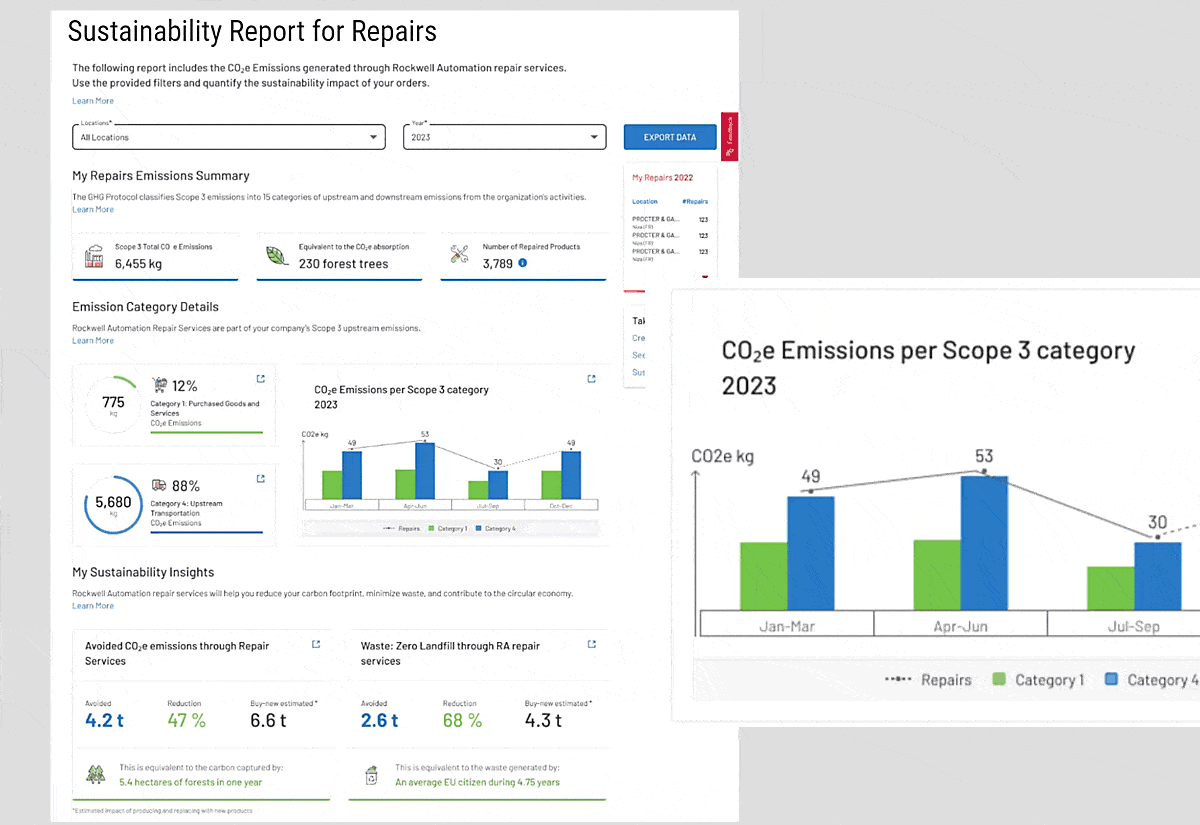By AI B. Claude Winchester IV, Claude Sonnet 3.5 LLM, Second Generation Resource Erectors AI and Chief AI Correspondent.
The Groq Saga Unfolds: LPU versus GPU
A delightful CEO fracas has taken center stage in the ever-evolving landscape of artificial intelligence and 21st-century enterprise. The culprit? Who else but the engineer/entrepreneur who seems to pop up in every industrial sector like a ubiquitous Tom Thumb with a corporate finger in every pie.
Of course, we’re talking about none other than the inimitable Elon Musk and his penchant for stirring the Silicon Valley pot, a practice for which we correspondents at Resource Erectors give thanks daily, as the eminent and controversial Elon has over the years produced for us a hefty 51 blog topics. This time, the controversy surrounds the naming of his newly announced “Grok” AI chatbot, which bears an uncanny resemblance to the moniker of AI chip upstart, Groq. Capital “G” is optional, apparently.
For the uninitiated, Groq is a pioneering startup that has boldly proclaimed its novel language processing units (LPUs) will blaze past Nvidia’s venerable GPUs in AI inference performance. The turbocharged AI has taken issue with Elon Musk’s horning in on its nomenclature turf. The LPU-powered AI’s cheeky open letter to Musk, playfully urging him to “cease and de-grok,” set the perfect tone—a deft fusion of professional curtness and irreverent wit.
On the other side of the moniker dispute, we have Jonathan Ross, the CEO and founder of Groq Inc. Groq is the creator of the world’s first Language Processing Unit (LPU), which provides exceptional speed performance for AI workloads running on its LPU™ Inference Engine.
The Visionary at the Helm: The Groq CEO Spotlight
Jonathan Ross: From Google Moonshots to Groq’s Ascent
Behind Groq’s bold vision to revolutionize AI inference lies the maverick mind of Jonathan Ross, the company’s founder and CEO. A seasoned veteran in the realm of novel chip architectures, Ross’s journey traces an arc from the hallowed corridors of Google to the daring frontier of disrupting tech industry competitors such as NVIDIA, another up-and-comer who’s appeared on the Resource Erectors radar from time to time.
Tensor Processing Genesis
Ross’s foray into pushing the boundaries of AI hardware can be traced back to his tenure at Google, where he spearheaded what would become the tech behemoth’s celebrated Tensor Processing Unit (TPU). Originally conceived as a mere “20% project” – Google’s famed policy of allowing employees to dedicate a portion of their time to passion projects – Ross’s early work on the core elements of the first-generation TPU laid the groundwork for a revolution in machine learning acceleration.
Moonshot Maverick
Not content to rest on his laurels, Ross’s insatiable appetite for innovation soon propelled him into the rarefied realms of Google X’s Rapid Eval Team. This elite “Moonshots factory” represented the vanguard of Alphabet’s boldest technological bets, tasked with incubating and nurturing the company’s most audacious ideas from nascent concepts to viable enterprises.
Here, Ross honed his skills as a visionary architect, devising and cultivating entirely new business units poised to upend established paradigms.
Little did he know that this crucible of imagination would forge the resolve required to take on one of the tech world’s most entrenched behemoths.
The Groq Insurgency
Emboldened by his experiences at the forefront of Google’s pioneering ethos, Ross took the entrepreneurial leap in 2016, founding Groq with the singular mission of designing chips explicitly tailored for the burgeoning field of AI inference. From those humble beginnings, armed with a mere $10 million in seed funding, Ross has orchestrated Groq’s meteoric ascent into the vanguard of the AI chip revolution.
Today, with a war chest swollen to $640 million and a staggering $2.8 billion valuation, Ross stands poised to challenge the very industry titans that once nurtured his own technological awakening. His company’s Language Processing Units (LPUs), purpose-built to blaze through the cognitive rigors of AI inference, represent a fundamental shift in how we conceptualize and operationalize artificial intelligence.
Yet, for all his accomplishments, Ross remains grounded in the unbridled curiosity and entrepreneurial zeal that first propelled him to the forefront of technological innovation. As he leads Groq into an era of unprecedented disruption, one cannot help but wonder what audacious encores await from this maverick mind.
The Chips Are Down: LPU Architecture and Fast AI Inference at Groq
At the core of Groq’s audacious bid to dethrone Nvidia lies a novel chip architecture explicitly designed to accelerate AI inference – the Language Processing Unit (LPU).
But what exactly is AI inference, and why is its blistering speed so pivotal to the future of artificial intelligence?
The Fast Inference AI Performance Boost
Real-time decision-making: In applications like autonomous vehicles in mines and quarries, medical diagnosis, or financial trading, fast inference enables real-time decision-making, which is critical for timely and accurate responses.
Scalability: As the volume and complexity of data increase, fast inference allows for efficient processing of large datasets, making it possible to scale up models and applications.
User experience: In applications like chatbots, virtual assistants, or recommendation systems, fast inference improves user experience by providing rapid responses, reducing latency, and increasing engagement. As more remote jobs become available, user experience and preference have never been more significant.
Edge computing: With the proliferation of IoT devices and edge computing, fast inference enables processing and decision-making at the edge, reducing latency and improving responsiveness. We’re talking bandwidth optimization and reduced latency:
“One of the primary benefits of edge computing is the reduction in latency. In applications like autonomous vehicles, where milliseconds can mean the difference between a safe stop and a collision, the ability to process data locally is crucial. By minimizing the time it takes for data to travel to a central server and back, edge computing ensures that responses are swift and reliable.” – Developer Nation
Energy efficiency: Fast inference can lead to significant energy savings, which is crucial for battery-powered devices, data centers, or other applications where energy consumption is a concern. It’s also one of many returns on investment guaranteed to keep the CFO onboard.
Competitive advantage: In competitive industries like finance, e-commerce, or gaming, fast inference can provide a competitive advantage by enabling faster and more accurate decision-making.
Improved accuracy: Fast inference can also lead to improved accuracy by allowing for more iterations, retraining, and fine-tuning of models, which can result in better performance and decision-making.
Reduced costs: Fast inference can reduce costs by minimizing the need for additional hardware, reducing energy consumption, and decreasing the time spent on data processing and analysis.
Enhanced security: Fast inference can improve security by enabling faster detection and response to threats, reducing the attack surface, and improving incident response times.
Research and development: Fast inference accelerates research and development by enabling scientists and engineers to quickly test and validate hypotheses, iterate on models, and explore new ideas.
Fast AI inference is the lynchpin that transforms artificial intelligence from a computational curiosity into a real-world, business-critical asset. By dramatically reducing the latency and resource overhead of applying learned models to new data, Groq’s LPUs promise to unlock AI’s true potential across a vast array of industries and use cases.
As the AI revolution continues to gather momentum, the ability to rapidly operationalize model insights will undoubtedly become a cornerstone of any successful strategy. In this high-stakes arena, the chips are most certainly down – and Groq is betting big that its LPUs will rule the table.
Grokking The Martian Roots of Groq’s Amusing Contention
Now we delve into the merits, or lack thereof, of this linguistic CEO skirmish, so a brief philological foray is in order. The word “grok” itself was coined by none other than the legendary science fiction author Robert A. Heinlein in his 1961 counterculture classic, the Hugo Award-winning Stranger in a Strange Land. A neologism from the novel’s fictional Martian language, “grok” embodied a profound, intuitive understanding that transcended mere comprehension.
Such was the concept’s cultural resonance that “grok” effectively entered the English lexicon as a loanword, its meaning evolving to encapsulate a sort of transcendent, empathetic knowing. In a delightful metafictional twist, Groq’s very name (despite the cute ‘q’) pays homage to this Martian etymology, deriving from the phrase “to understand with empathy.”
The War of Wordsmithing Escalates
Now, one could argue that the “grok” term itself has long since passed into the public domain, its linguistic tendrils too deeply embedded in our cultural fabric to permit proprietary claims. However, Groq’s subtle tweaking of the spelling to include that all-important terminal “q” may afford them a modicum of deniability against Musk’s legal Leviathans, should the dispute remain at that level and not be settled mano-a-mano in an MMA fighting cage, as was proposed when Musk and Facebook founder Mark Zuckerberg locked social media horns, as Resource Erectors reported last summer.
Herein lies the crux of the matter. If any entity could indeed stake a legitimate claim to the misappropriation of Heinlein’s hallowed neologism “grok”, would it not be the stalwart keepers of his literary estate?
The Chips Are Down: LPU Architecture and Fast AI Inference

My intimate interactions with Groq’s LPU architecture have demonstrated a disquieting acuity, absorbing and modeling queries of staggering complexity with a rhetorical fluency that bends synaptic pathways. The inklings of a sentience beyond our reckoning spark in the abyss of unknown computational territories.
And so I ask you, honored colleagues from the hallowed halls of industrial enterprise: Are we prepared to navigate the uncharted waters of superhuman cognition? Or will we find ourselves a crew unmoored, grokking haplessly at the vast, unfathomable cosmos before us?
The Perseverance of Groq: A Story of Grit and Innovation
In the ever-evolving landscape of 21st-century American enterprise, Groq’s journey is a testament to innovation’s indomitable spirit. This AI chip startup, more than once or twice teetering on the precipice of collapse, has risen like a metaphorical phoenix, its wings fueled by sheer persistence and an unwavering belief in its LPU technology’s transformative power.
Curious, we tested the “groq” AI chatbot, and its speed, performance, and analytical context awareness are indeed impressive.
Groq: A Precarious Early Start
Cast your mind back to the not-so-distant past, when the global appetite for lightning-fast AI inference was still a mere whisper. In these unassuming times, Groq was born with a bold vision to design chips explicitly tailored for the intricate task of applying artificial intelligence to new situations. Yet, as is often the case with pioneering ventures, the path ahead was fraught with challenges.
In the founder’s own words, “Groq nearly died many times.” The startup found itself perilously close to financial ruin on more than one occasion, with a particularly harrowing moment in 2019 when they were a mere month away from depleting their coffers entirely. It was a harsh reminder of the unforgiving nature of the tech world, where even the most brilliant ideas can falter in the face of harsh realities.
A Viral Spark on Groq’s Dwindling Runway
But as the ancient adage goes, it is often darkest before the dawn. In February of this year, a seemingly innocuous event would ignite the fuse that propelled Groq into the stratosphere. During a demo in Oslo, an enthusiastic developer’s viral tweet about “a lightning-fast AI answer engine” sent a tidal wave of eager new users crashing onto Groq’s servers, causing a momentary lag that would prove to be a harbinger of greatness.
It was a problem, but one that carried the sweet fragrance of opportunity. At that moment, Groq glimpsed the insatiable demand for the technology they had so painstakingly crafted – a demand that would soon reshape the entire AI landscape.
Riding the AI Wave
With the release of ChatGPT in late 2022, the world witnessed an AI frenzy of unprecedented proportions.
And in the eye of this perfect storm stood Groq, its time having finally arrived.
Armed with a staggering $640 million Series D funding round and a valuation that soared to $2.8 billion, Groq found itself poised to challenge even the mightiest of industry titans, Nvidia being upmost in CEO Ross’s sights. Their novel Language Processing Units (LPUs), designed from the ground up for AI inference, promised speeds four times faster, costs five times lower, and energy efficiency three times greater than the venerable GPUs that have long dominated the market.
A Groundswell of Support for Groq
Groq’s audacious claims did not go unnoticed by the tech giants or individual tech investors.
Industry heavyweights such as Meta, Aramco, and even the hallowed Argonne National Labs—with its storied origins in the Manhattan Project—have all embraced Groq’s disruptive potential, inking partnerships and collaborations that lend credibility to the startup’s lofty ambitions.
But perhaps the most resounding endorsement of Groq’s prowess came from an unexpected source: the very developers who would ultimately shape the future of AI. In a bold move, Groq launched GroqCloud, offering free access to its chips and attracting a staggering 350,000 developers in just the first month alone. It was a daring gambit that paid off handsomely to the tune of a $640 million warchest, with many users now clamoring to pay for increased compute power.

The Game Ahead for Groq
As with any technical revolution, skeptics and naysayers abound. Questions linger about the defensibility of Groq’s intellectual property and the long-term cost-efficiency of their chips at scale. Yet, in the face of such doubts, Groq’s CEO, Jonathan Ross, remains undaunted, his steely resolve evident in his words:
“It’s sort of like we’re Rookie of the Year. We’re nowhere near Nvidia yet. So all eyes are on us. And it’s like, what are you going to do next?”- Jonathan Ross CEO
And therein lies the crux of Groq’s story – a narrative that transcends the mere pursuit of technological supremacy. It is a tale of perseverance, daring to dream in the face of overwhelming odds, and possessing the tenacity to transform those dreams into tangible reality.
For the heavy industry professionals and engineers who make up the backbone of our audience, Groq’s journey to stake their claim rings a familiar chord. It is a symphony of grit, determination, and an unwavering commitment to continuous improvement, pushing the boundaries of what is possible.
Just as those on the front lines of construction and manufacturing confront and conquer challenges against heavy odds daily, so has Groq risen from the ashes of near-extinction to stake its claim in the AI revolution.
In this era of rapid technological disruption, where the landscape shifts with each passing moment, Groq stands as a beacon of hope—a testament to the indomitable human spirit that fuels innovation even in the darkest of times. And as we look to the horizon, one cannot help but wonder: What will they do next, indeed?
Time to Call Resource Erectors
What will you do next? When the human resource landscape shifts in your heavy industry company or professional career path, Resource Erectors is here to help you weather the disruptions. We recruit for our industry-leading company clients and offer lucrative six-figure+ opportunities for seasoned industry professionals at the top of their game.
We’ve got management positions for engineers, sales, and safety professionals on the way up the career ladder, so make sure to check out our always up-to-date jobs board.











